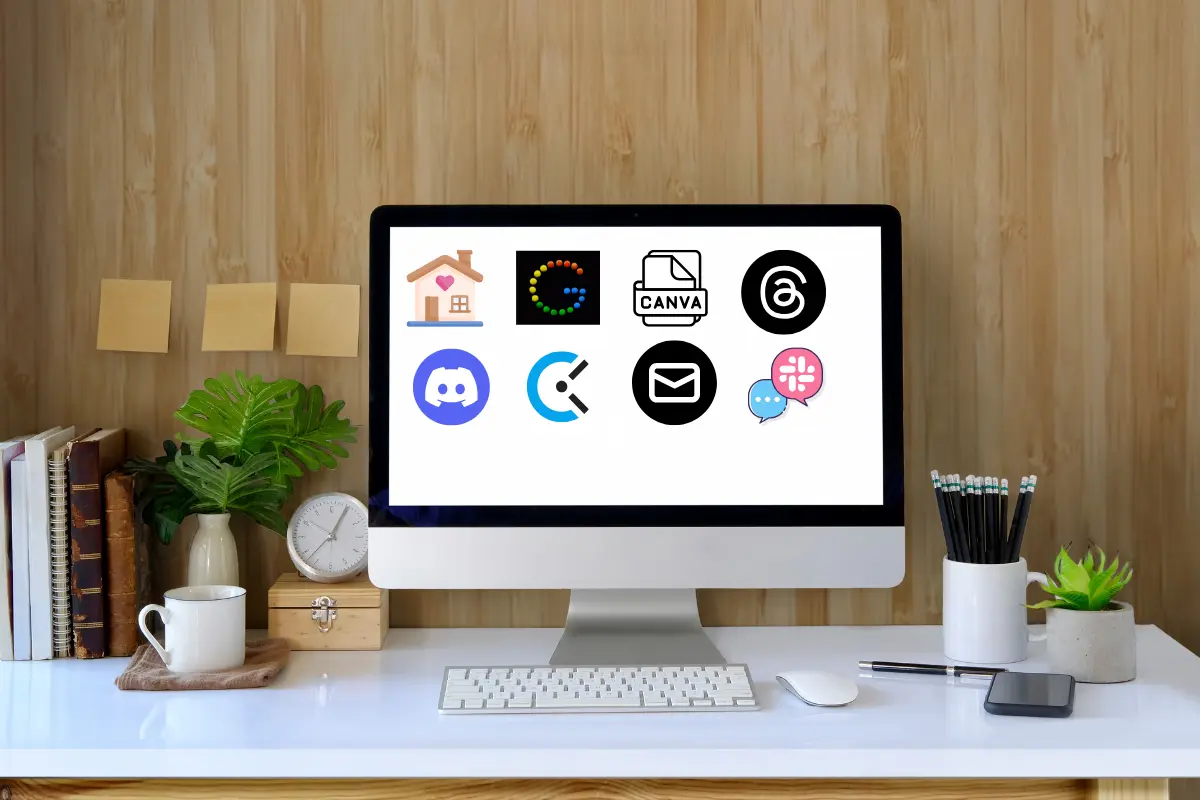Working from home is now a normal part of life for many people. Whether you’re a freelancer, a virtual assistant, or part of a remote team, online tools are what make remote work possible. They help you stay organized, manage your time, talk to clients, and complete projects without getting overwhelmed. With the right tools, you can work smarter, stay focused, and deliver great results — even if you’re working from your living room.
However, the number of apps and platforms available can feel overwhelming. It’s easy to download too many and end up using none effectively. That’s why choosing the right tools matters. The best ones save time, make work easier, and keep you connected. They also support collaboration and help you grow your online career.
This guide breaks down the most useful online tools for remote workers in 2025. Whether you’re just starting with remote jobs that require no experience or already working full-time online, these tools will help you stay productive and confident in your work-from-home setup.
Project Management Tools: Organize Tasks and Meet Deadlines
One of the biggest challenges in remote work is staying organized. Without proper structure, projects can quickly become messy. Project management tools solve this problem by putting all tasks, files, and deadlines in one place.
Trello
Trello uses boards, lists, and cards to help you track your work visually. It’s easy to drag and drop tasks, assign them to others, and set deadlines. Plus, you can add checklists, attachments, and comments to each task. Because it’s so simple, Trello is ideal for freelancers, small teams, and virtual assistants.
Asana
Asana is another great tool for managing projects. It lets you create tasks, assign them, set due dates, and follow progress step by step. In addition, you can break big projects into smaller tasks and track them with a timeline or calendar view. This makes it easier to manage client work or long-term projects.
ClickUp
ClickUp combines several productivity features in one place. You can manage tasks, track time, and even build workflows. Since it works well for both solo workers and teams, it’s a popular choice for growing businesses and remote professionals.
Communication and Collaboration Tools: Stay Connected Anywhere
Working from home doesn’t mean working alone. Communication tools make it easy to share ideas, solve problems, and stay in sync with clients and coworkers.
Slack
Slack is one of the most widely used communication apps for remote teams. It organizes conversations into channels, making it easier to manage different projects or clients. You can also share files, use voice or video calls, and integrate it with other tools.
Zoom
Zoom is perfect for virtual meetings, online interviews, and client presentations. You can schedule recurring calls, share screens, and even record sessions for later review. Because of its reliability, it’s a go-to tool for many remote professionals.
Microsoft Teams
For teams that use Microsoft Office, Teams is a powerful all-in-one platform. It combines chat, meetings, and file sharing. Plus, it connects directly with Word, Excel, and other Microsoft apps, so collaboration becomes seamless.
Google Meet
Google Meet is a simple video tool that works directly in your browser. You don’t need to install anything, and you can start meetings in seconds. It’s great for quick team check-ins or virtual client calls.
Time Tracking and Productivity Tools: Work Smarter, Not Longer
When your home is also your office, it’s easy to lose track of time. Time tracking tools help you stay accountable, manage schedules, and understand how you spend your workday.
Clockify
Clockify is a free time tracking app that’s simple but effective. You can track how long tasks take, organize work by project or client, and view detailed reports. This is especially useful for freelancers who bill hourly or want to manage their time better.
Toggl
Toggl offers a clean interface and helpful insights into your productivity. In addition to tracking time, it shows how much effort you’re putting into different projects. This helps you plan future work more efficiently.
RescueTime
RescueTime works in the background and analyzes how you spend your time online. It shows which apps and websites take up most of your day. With that information, you can find distractions and improve your focus.
File Storage and Sharing Tools: Access Work from Anywhere
Remote work often involves sharing files with clients or teammates. Cloud storage tools keep your documents safe and accessible from any device.
Google Drive
Google Drive is one of the most popular file-sharing platforms. You can create documents, store them in folders, and share them instantly. Real-time editing makes it easy to work with others without sending endless email attachments.
Dropbox
Dropbox is great for storing large files, like videos or design projects. It syncs across devices and keeps everything secure. It’s often used by teams that work with media or need to back up client files.
OneDrive
If you already use Microsoft tools, OneDrive is a natural choice. It works smoothly with Office apps and offers secure storage with strong privacy settings.
Design and Content Creation Tools: Build Quality Work Quickly
Many remote workers need to create content — from presentations to social media posts. These tools help you do that quickly and professionally.
Canva
Canva is one of the easiest design tools to use. It offers templates for social media graphics, presentations, and reports. You can customize them in minutes, even without design experience.
Notion
Notion is a flexible workspace where you can write, plan, and organize. Many virtual assistants use it to build client dashboards, content calendars, or knowledge bases. It’s also helpful for tracking tasks and storing notes.
Grammarly
Grammarly checks your writing for spelling, grammar, and tone. It works with email, web browsers, and Word documents. As a result, your messages, proposals, and reports will always look polished.
Automation and Workflow Tools: Save Time Every Day
Repetitive tasks can eat up hours of your day. Automation tools handle these tasks for you so you can focus on more important work.
Zapier
Zapier connects your favorite apps and does tasks automatically. For example, you can save email attachments to Google Drive or post updates to Slack without doing it manually.
Make (formerly Integromat)
Make is a more advanced automation tool that links different apps together. You can build custom workflows without writing code, which is ideal for growing teams or agencies.
Security and Password Management Tools: Protect Your Accounts
Keeping your data secure is vital when working online. Password managers protect your accounts and make logging in faster.
LastPass
LastPass stores your passwords in one secure location and fills them in automatically. It also suggests strong passwords to keep your accounts protected.
1Password
1Password is another excellent choice for managing logins. It organizes your accounts and keeps your information safe with strong encryption.
Tips for Choosing the Right Tools
There are thousands of tools out there, but you don’t need them all. Here are a few tips to help you choose wisely:
- Focus on your needs: Pick tools that solve your biggest challenges first, like time tracking or communication.
- Start free: Many apps offer free versions that are perfect for beginners. You can upgrade as your work grows.
- Check compatibility: Choose tools that work well together, so you can automate tasks and save time.
- Avoid overload: Too many apps can slow you down. Stick to a few essentials and build from there.
If you’re new to working from home, our guide on how to set up the perfect home office is a helpful next step. You can also learn how to start freelancing successfully or find beginner-friendly remote jobs to put these tools to good use.
5 Must-Have Tools for Remote Work Beginners

If you’re not sure where to start, here’s a quick list of tools worth trying first:
- Trello – For simple project and task management.
- Slack – For team communication and quick updates.
- Clockify – For easy time tracking and reporting.
- Google Drive – For file sharing and real-time collaboration.
- Grammarly – For error-free writing and communication.
Final Thoughts
Remote work is easier and more efficient when you have the right tools. They help you stay organized, communicate better, manage time, and work securely. Start with the essentials and build your toolkit as your needs grow.
If you want more tips on productivity, online jobs, and work-from-home success, browse the latest guides right here on TrendingHomeJobs.com.

